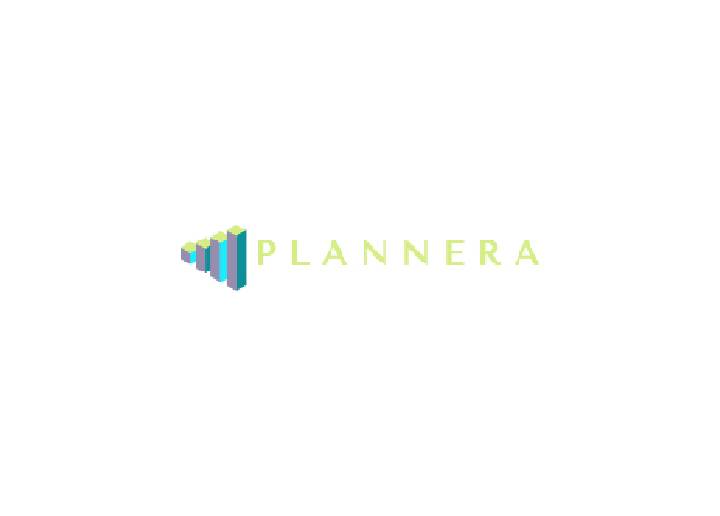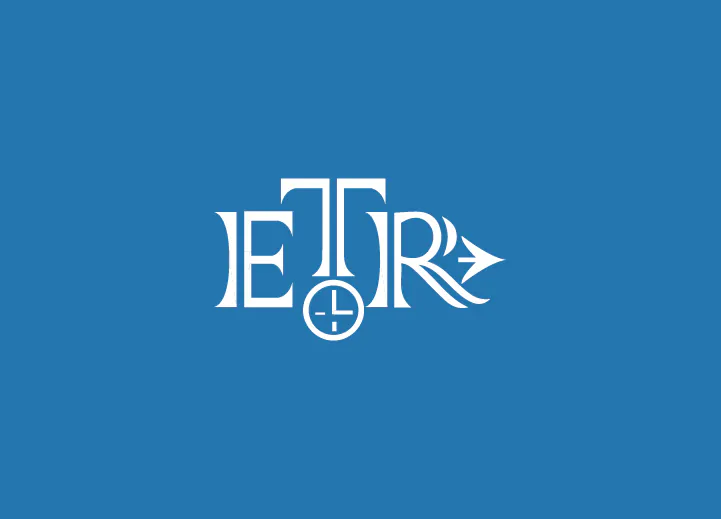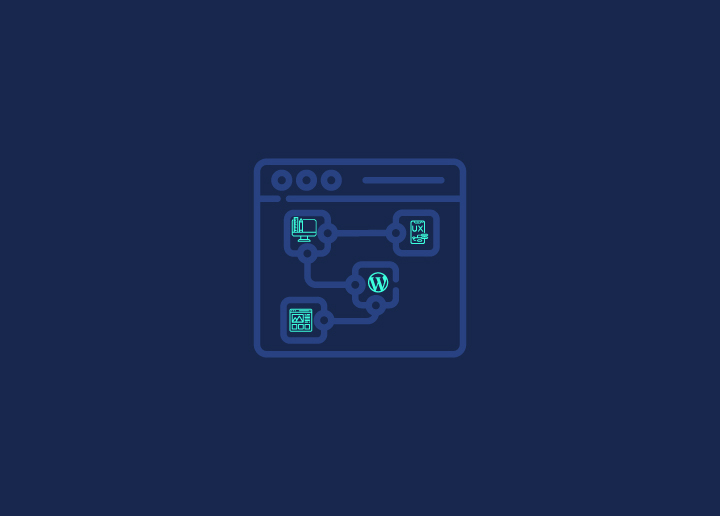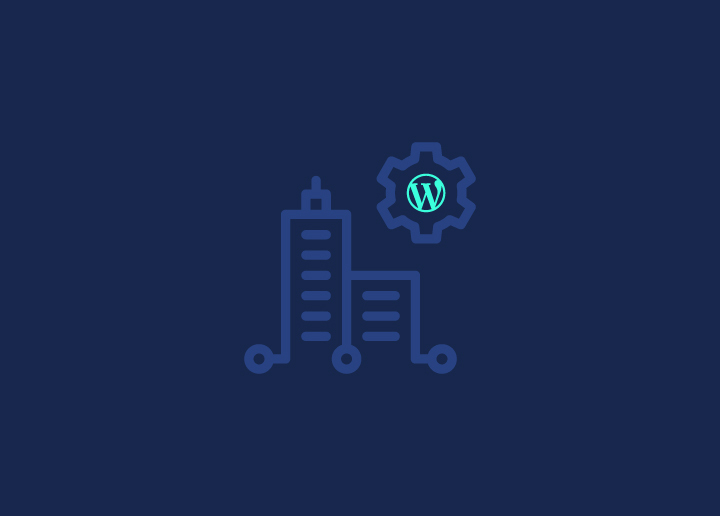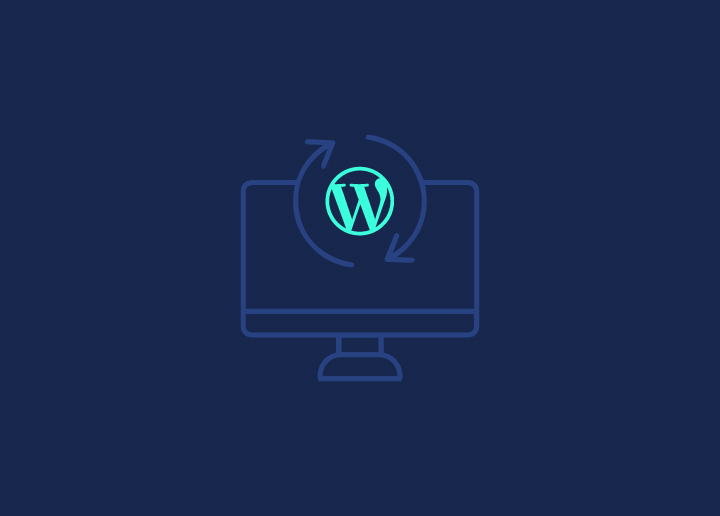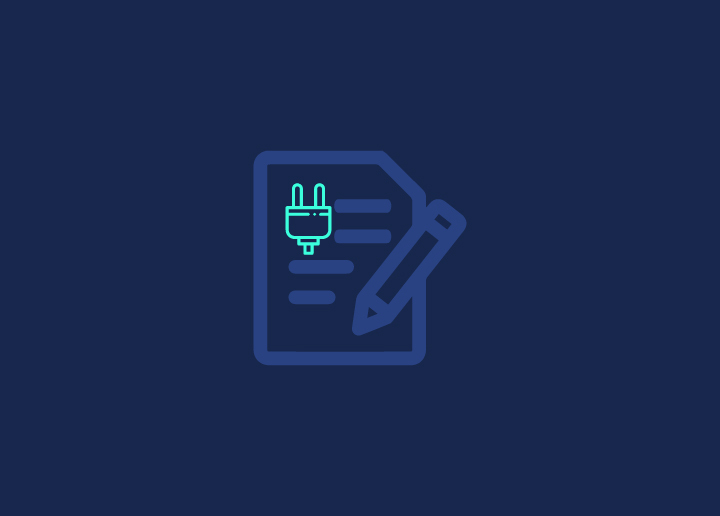With the content management system in place, you don’t need to worry about the basic infrastructure of your website and can focus on building your front end instead.
It is not only possible to use a content management system for websites, but it is also possible to use it for other functions – such as document management.
What is Content Management Software?
In addition to being known as a content management system (CMS), this is a way to create and manage content for websites. In other words, it allows you to create, edit, and manage digital content in an organized manner. If you use a content management system on your website, you can upload, edit, and delete content without having any experience with HTML, CSS, or any other programming language. By contrast, CMS grant you access to all aspects of content creation, modification, and distribution in one place.
Your website can be managed with content management software, simplifying workflows and ensuring that your team can easily upload and manage website content.
It is possible to choose from several content management systems, but the one you select should be based on your business needs. Furthermore, all modern content management systems share many other factors that will help boost your digital presence on the internet.
How does a CMS work?
Check out the WordPress interface to better understand how a content management system works.
Create a blog post first. As an alternative to a content management system, you could create a static HTML file, upload it to your server, and use that format to display it (sounds complicated, right?).
Content can be written using a system like WordPress, an interface similar to Microsoft Word, and published with just a click.
What makes up a CMS?
A content management system is composed of two core components:
- An application for managing content on a web page (like the one you saw above) is called a content management application (CMA).
- A content delivery application (CDA) aims to deliver the content you enter into your CMS, store it properly, and then make it accessible to visitors.
Together, these two systems make website maintenance a breeze.
What is the best CMS platform?
No content management system is the best for every situation, so it is difficult to present an argument for one to be the best in all circumstances.
Let’s stick to the numbers, though, and suggest that there might be a good reason WordPress has such a dominant market share:
The most flexible and user-friendly solution for most types of websites. In most cases, it’s the best option, but it’s not always the best option.
See our posts: if you are interested in learning more about some of the popular content management systems:
- WordPress vs. Drupal
- WordPress vs. Squarespace
How to build a website with a CMS?
Want to build your website with a content management system? If so, the general process looks something like this:
- Get a domain name and web hosting.
- On your web server, install your preferred content management system.
- The content management system can dictate your site’s layout and functionality.
- Use the interface of the content management system to begin writing content.
- You’ll be surprised at how easy it is. You can even have hosts install the CMS (WordPress in this case) for you so you can start building your site immediately without doing any technical setup.
Refer to Seahawk Media for more such articles.



